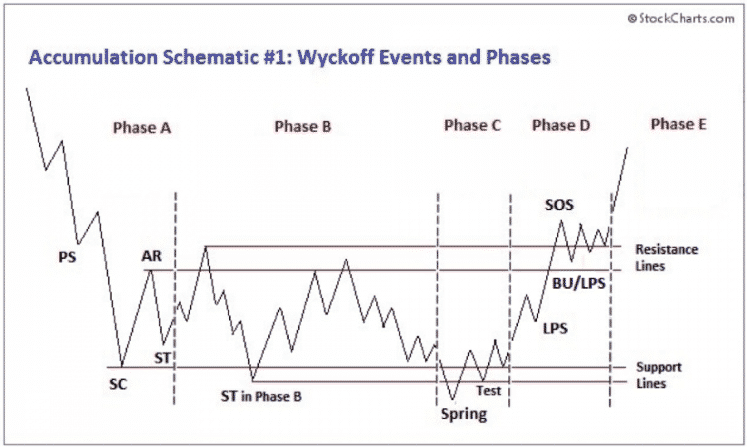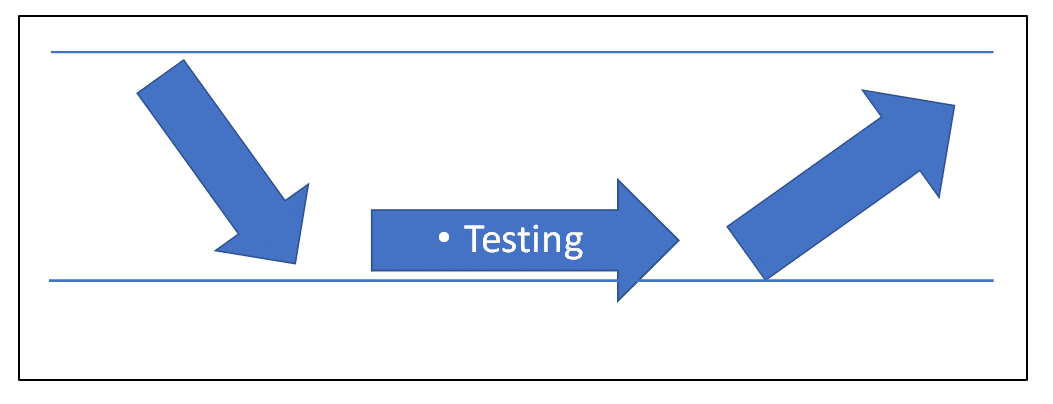Wyckoff Method
Real Rules of the Game
Live Education
A Path to Mastery
LIVE CORE CLASSES
CURRENT AND UPCOMING SPECIAL EVENTS
ADVANCED SMALL GROUP TRAINING
On-Demand Courses
Study with Experts
Product Catalog
The Complete Guide
TECHNICAL ANALYSIS COURSES
Basic Charting Course
Using Options Strategies within the Wyckoff Framework
Trading Through the Business Cycle
Trading Through the Business Cycle 2; Inflation
Trading TA Signals Using Wyckoff Logic
Momentum, Volume and Price Structure
Trade Mindfully
Market Profile and Volume Analytics
Her Trades, Her Story by Linda Raschke
Charting Essentials
Free Materials
Tools for Trading



